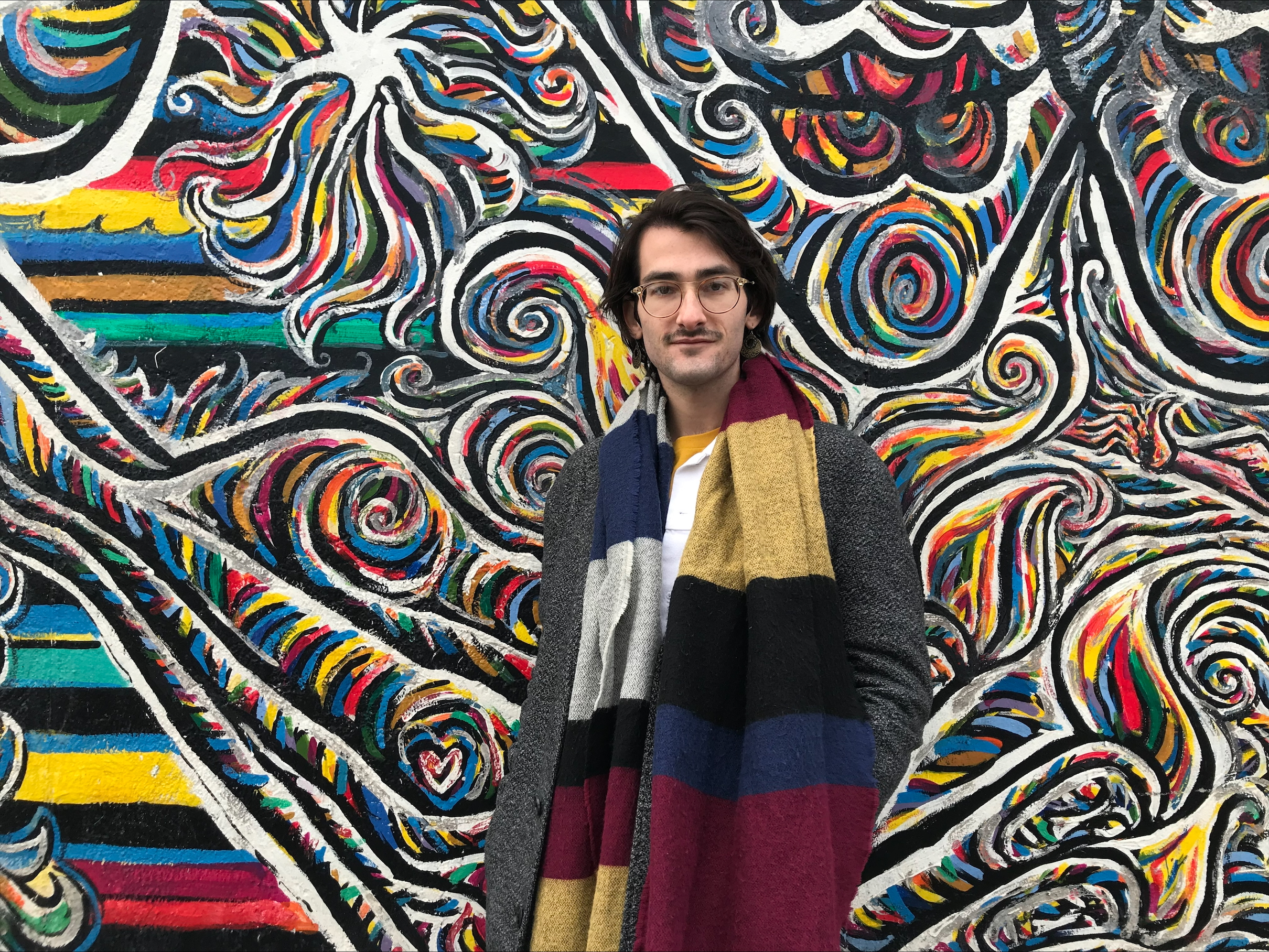Long before law school, I had aspirations of pursuing a PhD in Media Studies. After writing a Bachelor’s thesis on diva worship among gay men on Twitter (yes––it was Twitter when I wrote it!), I moved to Amsterdam where I wrote a Master’s thesis on Chechen police violence enacted against gay men via Grindr (a gay dating app). I had, and still have, big questions surrounding privatized media environments, freedom of expression, internet sovereignty, surveillance and control, and the interplay between physical bodies and their digital counterparts. I was heading down the academic pathway when Covid hit and changed the trajectory of my career.
Years later, I found myself in law school. I entered law school extremely skeptical of the field––a field that has a reputation for being rigid, limiting, and unyielding. I was convinced that this critical media training I went through would necessarily be cast aside in pursuit of more “concrete,” legal analysis. To be sure, my background in critical media studies did not come up much during my 1L year. But in the Fall of 2L year, I took Privacy Law with Professor Bingham and everything changed. Suddenly, I was reading scholars like danah boyd, Shoshana Zuboff, and Daniel Solove again. I was applying various concepts and skills learned in Amsterdam, like multi-sided platforms, network effects, surveillance capitalism, and more. And it was all relevant to legal analysis!
Naturally, I jumped at the chance to participate in Prof. Bingham’s Tech Justice Clinic. The clinic engages a wide array of partners on various projects, like drafting an advisory opinion for the African Court of Human Rights and developing an “intake form” for a law firm dedicated to advancing justice for victims of social media harms. As part of this clinic experience, my team and I are working with the Tech Justice Law Project on a case involving an AI chatbot and the wrongful death of a child. The facts of the case are heart wrenching, and the issue is novel. It reminds me of the interviews I conducted with Chechen refugees in Amsterdam, hearing stories of the violence they experienced and trying to make sense of it. This opportunity is exactly the kind of work I was sure wouldn’t exist in law school. But due to the work of ILIT and Prof. Bingham, I have been able to connect two seemingly disparate parts of my life.
More specifically, I was fortunate enough to draft an argument regarding secondary liability of a “Big Tech” company that was used in a motion to dismiss reply. Not only did this involve hours of research into corporate law and principles of aiding-and-abetting, but it also involved more applied work like combing through court dockets and SEC filings. My team and I took a crash course on what being a litigation associate might look like.
While the Tech Justice Clinic has been valuable, interesting, and important work, it has also served as a reminder that there are legal pathways that connect to my critical media studies education. It’s also a reminder of the many opportunities that Temple Law offers. The lesson I learned, and what I wish to impart on future Temple Law students, is that it’s okay to approach law school with healthy skepticism, but don’t unnecessarily close doors that Temple Law leaves open.


